For a beginner, playing electric, classical, or acoustic guitar can seem like a daunting thing. There’s so much to learn that just making a start feels overwhelming.
However, what most beginners don’t yet realize is that a little guidance goes a long way.
These 21 learning to play guitar playing tips will make your progress skyrocket in no time at all.
So without wasting any more time, let’s jump into the tips.
1. What Should A Beginner Guitarist Learn First?
2. Barre Chords
To learn guitar, you need to know about Barre chords – they are amongst the most useful things you can learn as a beginner guitarist.
So, exactly what are they? Is this music theory, and does it get complicated?!
A barre chord is a chord shape that you make with your fretting hand (the one that goes around the neck of the guitar) that involves you placing one finger across several or all of the strings.
Having one finger press down multiple strings at one time is a technique known as “barring”, and using barring to create a chord explains the name.
There are a few different types of barre chords that your teacher will show you, but all of these can be moved to different places on the neck to play a huge variety of chords.
You’ll likely be able to play several songs after you’ve learnt a small handful of barre chords.
You’ll also develop the muscles in your hands doing this, which is crucially important later down the road when playing guitar. You’ll find the ability to play barre chords makes picking up the guitar a quicker process.
3. Finger Exercises
Though they may seem mundane at times, doing finger exercises – even for a few minutes each day – will make you a much better player.
All good guitarists need to be able to get the most out of their hands, and this means having as few weaknesses and technical blind spots as possible.
Think of finger exercises as being similar to general conditioning that athletes do.
Yes, you’re unlikely to ever play a piece of music that is a finger exercise from start to finish, but that would be to miss the point of the exercises entirely. They are there to give you a general level of ability that you can then apply to the music you play.
Just as taking a 30-minute jog each day will give you a decent level of general fitness, adding 10 minutes of finger exercises to your practice routine each day will make your playing smooth and consistent.
Something all guitar players should strive for.
4. How To Play With A Metronome
Having a good sense of time is one of the foundational building blocks of any good musician, and guitar players are no different!
A metronome (which you can easily buy online from places like Amazon) is a small device that keeps time for you by clicking at regular intervals as you practice.
Metronomes are a brilliant practice tool whether you want to work on your scales, finger exercises or performance pieces.
But they do more than simply keep time for you.
Firstly, they will teach you to listen to something other than yourself when you play. This is a vitally important skill because you’ll need to split your focus between yourself and something else if you ever want to play in a band or orchestra.
And secondly, a metronome will also help you develop your own sense of internal time.
During a performance, you won’t have a metronome to support you, so you’ll need to keep track of time yourself. If you’ve spent months perfecting your own inner sense of time with a metronome, then you’ll find this feels easy and natural.
Here’s a great metronome option to buy.
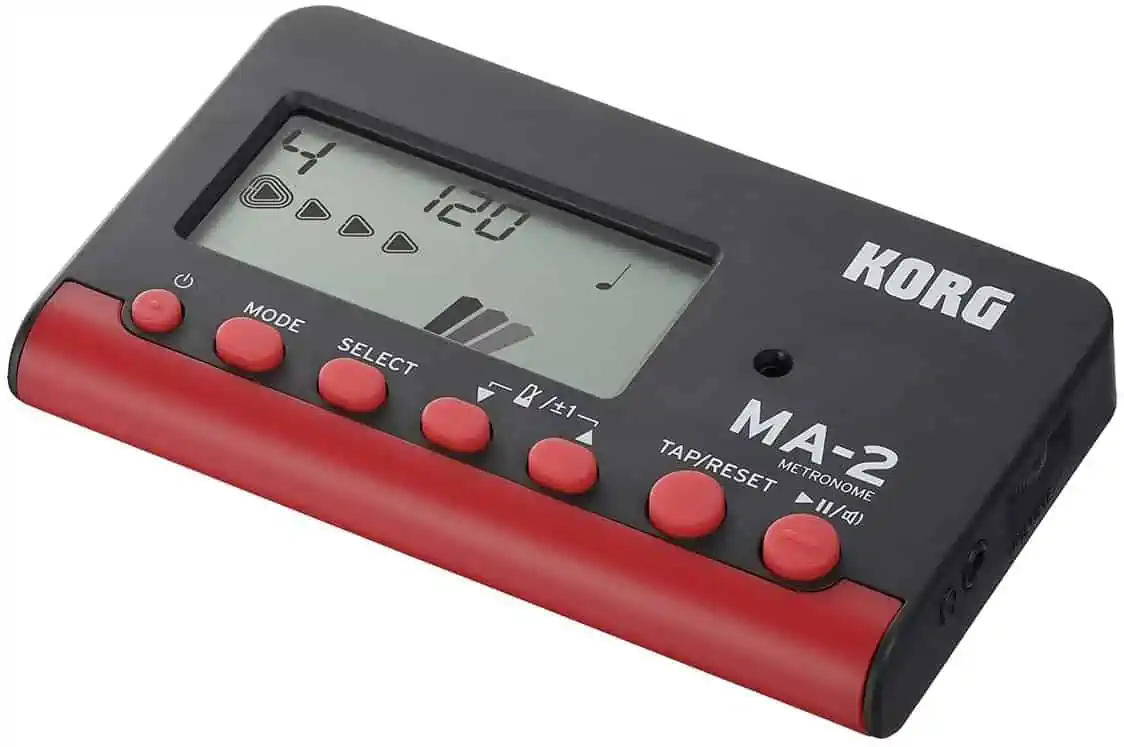
COMES WITH: A larger and more easily readable display
FEATURES: Timer, enhanced volume, and a useful 'sound-out' mode
Korg MA-2 metronome
When you check the price above, you’ll see there are loads of great places to buy this item. Our personal favorite is Gear4music.
It is the largest music retailer in the UK and fast becoming the most respected online music shop in the US too. Their customer service is excellent, they have competitive prices, really fast shipping, and usually have the longest guarantee.
Most professional musicians use Gear4music, so there is no reason why you shouldn’t too!
- Has a Tap Tempo function, making it super easy to use
- Earphone jack with adjustable volume
- Stylish display
- Compact - so easy to travel
- None!
The professional musician who wrote this article combined many things,
from the product build, manufacturer’s reputation through to feedback
from other users, to create our famous TedScore™.
5. The Notes On The Fretboard
This one is a real no-brainer. If you want to learn guitar, then you’ll need to know where the notes are!
So how do you go about learning all these fretboard notes?
By following tips 5, 6 and 7, of course!

6. Learn Scales
A scale is a sequence of notes, and you’ll need to know them whether you play acoustic guitar, classical or electric guitar.
The main scales you should learn are the major scale, the pentatonic scale, the blues scale, the chromatic scale and the natural minor scale.
Learning to play these scales will show you where notes are on the guitar neck, and it will also give you a chance to apply all the things you learned by working hard on your finger exercises. Plus this will help with your music theory understanding!
7. Learn Open Chords
Not to be confused with the chords we talked about earlier, open chords on the guitar are a totally different kettle of fish.
Open chords are a collection of different chord shapes that allow you to play the basic chords on the guitar in a way that sounds bigger, fuller and easier to play.
For beginner guitar players, open chords provide a clear and achievable goal within their practice, and you’ll likely be no different when playing guitar.
First, start with some basic shapes like G and C, and then you can learn some of the more advanced ones.
8. Learn Arpeggios
An arpeggio is very similar to a chord, but instead of strumming all the notes at once, you play them individually, one by one. For this reason, they are sometimes called “broken chords”.
Learning to play arpeggios will do wonders for your technique, and it will also teach you where within a chord shape each individual note is.
Arpeggios can be played with either a pick or fingers and for beginners, they provide an essential technique challenge.
You’ll find you can play much more smoothly and that you’re able to relax your hands much more if you spend some time working on your arpeggios
9. Learn Pick And Fingerstyle Technique
The two main techniques you’ll learn as a budding acoustic guitarist are the fingerstyle technique and the pick or “plectrum” technique.
As the name suggests, the fingerstyle technique involves using the fingers and thumb on your plucking hand (whichever hand you use to pluck the strings) to activate the strings.
Most acoustic guitar students find this technique quite natural. It involves using the thumb, index, middle and sometimes ring fingers to play the strings.
The fingerstyle technique can be used to play many styles from pop, rock, soul and singer-songwriter because it’s such a versatile technique.
The plectrum technique involves using a small piece of plastic known as a plectrum (often shortened to “pick”) to pluck the strings.
It’s worth always stocking up on extra plectrums because no matter how carefully you keep track of them, sooner or later, your plectrums will go missing. But the good news is they are cheap. £5 can buy you a large bag from stores like Amazon.
Neither of these techniques is better than the other. They are just different, but both are equally important.
Trying to say you should do one or the other is like saying, “should I buy a new car that has an engine or wheels?”.
The reality is they are both important, and you need both for the car to work!
Why should it be any different when you are playing guitar? A proper technique is needed to ensure you become the best guitarist you can!
10. Learn How To Strum
Strumming is the act of performing a long, continuous stroke with your hand or plectrum that brushes all the strings on the guitar and making them all sound together.
It’s an essential technique for acoustic guitar, classical and electric guitar. Whilst the strumming patterns and techniques do vary a little from style to style, a good teacher will be able to teach you the fine points of these differences and show you how to do it best for the style of music you want to play.
You’ll want to make sure your rhythm is accurate as you do this because strumming patterns are often used as a way of making the guitar accompany another instrument like a singer or violin.
If your rhythm isn’t accurate, then you’ll make the other musician sound bad!
All great guitarists work on their strumming so take some time to nurture and develop this vital skill in your own playing.
11. Learn How To Change Your Strings
Okay, okay. This isn’t a particularly exciting tip but let’s face the fact. Guitar strings will break, and when they do, you’ll need to know how to change them,
Don’t worry, though; it’s a very simple task.
All you have to do is loosen the old string and then use a pair of wire cutters to remove it from your guitar to protect your fingers when playing guitar.
Next, take out your new string, thread it through the bridge, wrap it around the tuning peg and then use a string winder to wind the string tight before tuning it to the correct pitch.
A string winder makes this process incredibly quick and simple giving your more practice time to spend learning your favourite songs.
Now we’ve covered what you should learn first; let’s turn our attention to how much time you should spend practising.

FEATURES: Portable and practical design
d'Addario Pro String
Winder
When you check the price above, you’ll see there are loads of great places to buy this item. Our personal favorite is Gear4music.
It is the largest music retailer in the UK and fast becoming the most respected online music shop in the US too. Their customer service is excellent, they have competitive prices, really fast shipping, and usually have the longest guarantee.
Most professional musicians use Gear4music, so there is no reason why you shouldn’t too!
- Great for all levels
- Makes changing strings very quick
- Virtually none
The professional musician who wrote this article combined many things,
from the product build, manufacturer’s reputation through to feedback
from other users, to create our famous TedScore™.
How Many Hours A Day Should A Beginner Practice Guitar?
Whilst everyone is different and will be able to practice for a different amount of time, there’s one thing we all have in common.
It’s best to build up a practice routine over a period of time.
If you’re a beginner and you are able to practice for three hours every day, then great. If you’ve only got fifteen minutes spare between getting home from school and doing your homework, also great!
The amount of time you dedicate will always be up to you but know that, as a beginner, if you try to do everything in one massive chunk, then you could wear your hand muscles down easily and pick up an injury.
Instead, start by practising for a set amount of time one week and increasing that amount of practice time in small increments each week.
Adding an extra five minutes to each practice session would be a great example.
12. Structure Your Practice Routine
If you want to play the guitar well, then you’ll need to practice well. And if you want to practice well, then you’ll need to know what to practice.
A well-structured practice routine will give you guidance and focus and ensure that you use the time you’ve set aside wisely.
It will also make sure you don’t waste your time trying to figure out what to practice, checking Facebook or just generally wasting time.
It’s often a good idea to allocate a certain amount of time to each thing you need to practice within your routine.
The more you need to work on something – scales, for example – then the more time you should allocate it. And don’t forget time to develop a proper technique.
If you’re unsure about how to structure your time well or how to come up with a good practice routine, then speak to your teacher.
They’ll be able to help you along the way.
13. Put A Time Limit On Each Thing You Practice
An important part of a good practice routine isn’t just knowing what to practice; it’s knowing how long to practice it for.
If you sit down and start learning your scales, for instance, you may get disheartened easily because it feels like there’s no clear goal or end in sight.
After all, you’ve likely heard a famous guitar player say “you can always improve” or that “you’ll never be good enough”, which can sound quite inspiring one day, but then it can also fill you up with feelings of dread or inadequacy the next.
What you need is to get the best of both worlds. A way of always improving is by going back over useful but familiar ground whilst also giving yourself a clear and achievable end goal.
And a timer is just the way to do that.
Here’s a great thing to try.
Look at how long you have to practice. Let’s say it’s half an hour, as an example.
Next, look at the number of things you need to practice. Again, for the sake of example, let’s say you have ten finger exercises you want to work on.
Pull out your phone and bring up the timer app. Set it to three minutes, set your metronome going and then put your head down and get the work done!
You may not make a huge amount of progress in just three minutes, but all this builds up over time.
Before you know it, you’ll be sounding great for the whole three minutes!
14. Consistency Is Everything!
Guitar playing is a journey. It’s a marathon and not a sprint. For the beginner guitar player especially, this can be a hard concept to grasp but what really helps is to develop and nurture an inner culture of consistency around your practice.
If you don’t notice that you’re getting better from day to day, then it’s nothing to worry about. Everyone all the way up to professional musicians will understand and have gone through the exact same feelings that you are.
However, what separates the wheat from the chaff, so to speak, is that the best players are the ones who practice, even on the days when they don’t want to.
Guitar playing requires dedication, and this can mean putting in the hard yards when you’d rather be sitting in your own backyard reading a book! This is where having guitar lessons can come in useful – they put a certain pressure on you to be consistent, plus as long as you find a brilliant guitar teacher, guitar lessons can be fantastic fun!
How Do You Play Guitar In 21 Days?
Playing the guitar is a long haul job, but that doesn’t mean that there aren’t a few shortcuts and tricks of the trade you can use to turbocharge your progress.
The next set of tips shows you things you can learn to make progress and make it fast!
15. Learn Music You Love
Simply put, playing the guitar will be ten times more enjoyable if you’re learning the music that inspired you to pick up the guitar to begin with.
The more you like the music and things you are practising, the more likely you are to want to put in the time and the harder you’ll work!
If all you do is play endless scales and arpeggios (and you don’t enjoy doing it), then it can feel a little mundane, and if practice feels mundane, then you won’t work as hard, and your progress much more slowly.
However, if you can pick up the guitar after a hard day at school or work and relax for the evening by playing through your favourite songs, then you’ll associate playing the acoustic guitar with fun and enjoyment.
And this feeling will always keep you coming back to the guitar for more.
16. Keep A Practice Diary
A practice diary is a perfect way to make the time and effort that you put in feel concrete. It’s also a great source of motivation and inspiration in and of itself.
So exactly what is it, and why is it so motivating?
A practice diary is a small book in which you list the exercises that you’re working on, how long you’ve practiced them for each day and whether or not you completed that practice.
If you’re new to learning guitar, then this is exactly the sort of thing that will help you create solid habits that will be the foundation of a great and productive practice routine.
We’ve already seen that consistency is key but imagine that you’ve put in the hard yards for a few weeks and that you’re now able to look back over your practice diary, which shows that you’ve been able to play your favorite song flawlessly every day or that you’ve been nailing those tricky arpeggios for a week.
That kind of self-esteem boost is enough to keep anyone motivated! It may be helpful as well to read our ‘How to practice the guitar‘ guide.
17. Always Learn Something New
Playing the guitar is a lot like going exploring. It only truly feels like it’s been worth it when you find something new.
However, to find new things, you have to look in new places, listen to new things and speak to new people.
A great way to do this is by engaging with the acoustic guitar community via a regular magazine, online forum or YouTube channel.
You could even try studying with a new guitar player.
A magazine, for example, will have new columns for you to read each month, and many of the writers give out small weekly lessons complete with new exercises to try and music to listen to.
Online forums will have debates between different guitar players on a wide range of topics. Watch out, though. These can get pretty heated sometimes!
And a good YouTube channel will post new videos each week for you to work through.
Learning guitar successfully often means branching out and learning new things.
It will broaden your horizons and keep you motivated to improve.
Can You Learn Guitar At 21?
We’ve all heard the saying that “you can’t teach an old dog new tricks”. But is that really true?
If you didn’t start as a kid but are in your mid-twenties, you’ve decided that playing the guitar really is for you. Does that mean you’ve missed the boat?
Far from it!
If you’re an adult learner, then here are four great ways to whip your guitar playing into shape
18. Take A Part Time Guitar Course
Many music schools and colleges (both online and in-person) offer great part-time courses.
These are often specifically tailored towards adult learners and those who have other commitments like a full-time job, kids or daytime study.
The pace is manageable, the content is well structured with clear goals, and you’ll not only be taught by a professional, but you’ll also have classmates that are in exactly the same position as you.
Nothing will help you leave behind your “late starter” anxieties like having a small, nurturing community of like-minded others! You can find more info about ‘how to learn the guitar’ in our Beginner Guide’s here.
19. Don’t Pick A Good Teacher, Pick The RIGHT Teacher
There are plenty of good guitar teachers out there, but the one that makes you progress, no matter your age or previous experience, is the right teacher.
So how do you find the right guitar teacher?
Whilst it’s easier said than done, there are a few key things to think about.
Has this teacher worked with adult learners before? This is an extremely important question because if they have, this teacher has likely dealt with that same “late starter” mental block that we mentioned earlier.
And they’ll know exactly what to do to get you past it!
However, if the teacher you’re looking at has only ever taught young kids, then they won’t be able to empathise with your situation as an adult learner, and you’re less likely to form a connection with them.
Here are a few other things to think about when looking for a new guitar teacher.
Do you like the way they explain things to you?
Do you have a good personal connection with them?
Do they make you inspired to learn?
Do you always look forward to your next lesson with them?
If you answered yes to most or all of these questions, then you’ve found the right teacher.
20. Play With Other Musicians
We all take up guitar for different reasons. For many adult learners, one such reason is to have a social life.
Learning guitar opens up the possibility of playing in bands, writing songs, going to jam nights or getting involved in your local music scene.
You don’t have to step up on stage and deliver ear-splitting solos to do this, either. Plenty of beginners will be able to play a handful of their favourite songs within a few months of starting out.
And live performance is such a great way to improve.
If you’ve taken a part-time course and you don’t want to be another one of those stays at home guitarists, then why not ask your course classmates about starting a band?
Why not head down to your local music venue to find others to play with?
It could be just the sort of excitement you need!
21. Keep Trying
We all start playing guitar for different reasons. For many adult learners, one such reason is to have a social life.
Learning guitar opens up the possibility of playing in bands, writing songs, going to jam nights or getting involved in your local music scene.
You don’t have to step up on stage and deliver ear-splitting solos to do this, either. Plenty of beginners will be able to play a handful of their favourite songs within a few months of starting out.
And live performance is such a great way to improve.
If you’ve taken a part-time course and you don’t want to be another one of those stays at home guitarists, then why not ask your course classmates about starting a band? Remember, to be able to learn guitar successfully, you need to enjoy it.
Why not head down to your local music venue to find others to play with?
It could be just the sort of excitement you need!



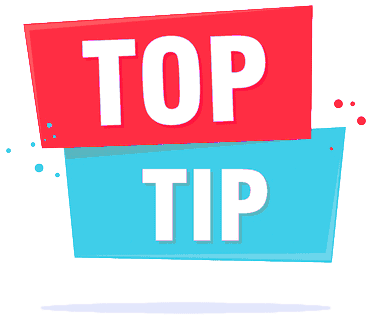


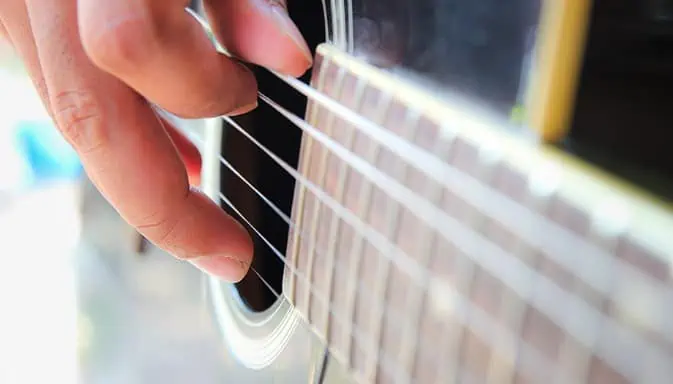
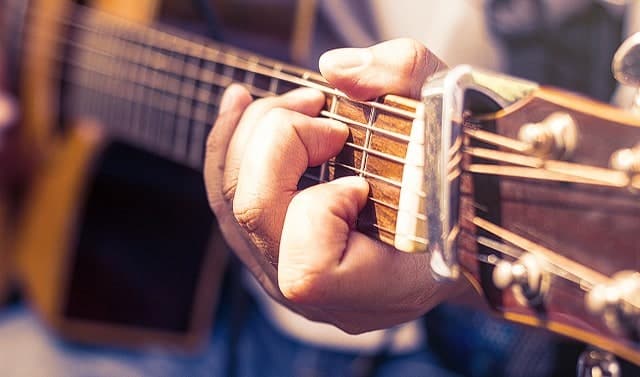


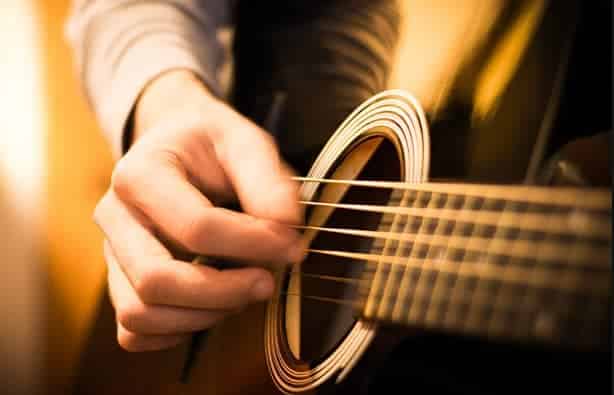
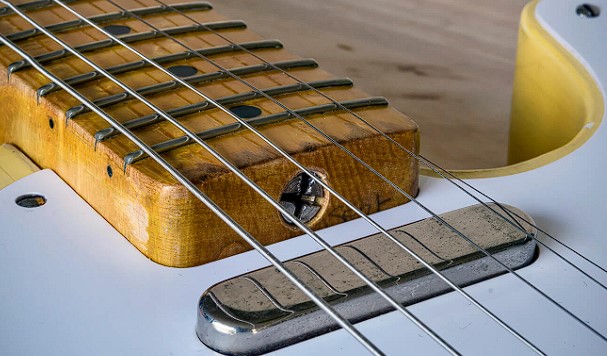
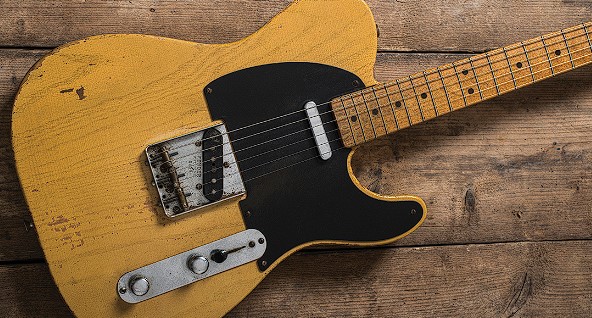








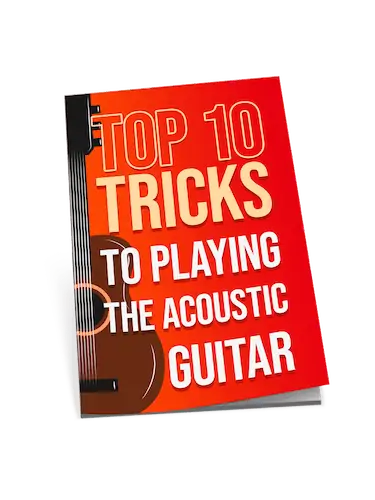
While I understand the importance of learning to change your strings as mentioned, I believe the focus should first be intensely on ear training. Being able to distinguish notes and chords by ear will serve a beginner much better in the early stages than knowing how to change strings, which is relatively easier to pick up later.
Really dig the emphasis on learning scales. It’s one of those foundations that genuinely boost your playing skills. Makes improvisation and understanding music theory a lot easier.
Hey StrumBuddy99, do you have any advice on how to start with scales? It feels a bit overwhelming with all the different types out there.
I found the section on open chords really useful! It’s been tough starting out, but seeing tips like these motivate me to keep going. Learning the guitar feels less daunting now.
Saw the part about learning to play with a metronome and it got me thinking. I’ve been playing for a bit but never really used a metronome. How crucial is it in the early stages? I’m trying to get the basics down and wonder if it might be too much too soon. Would love to hear how others integrated it into their practice.